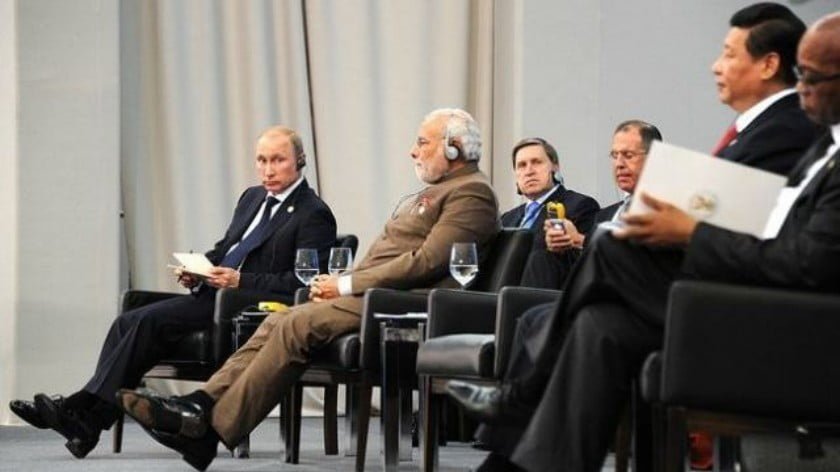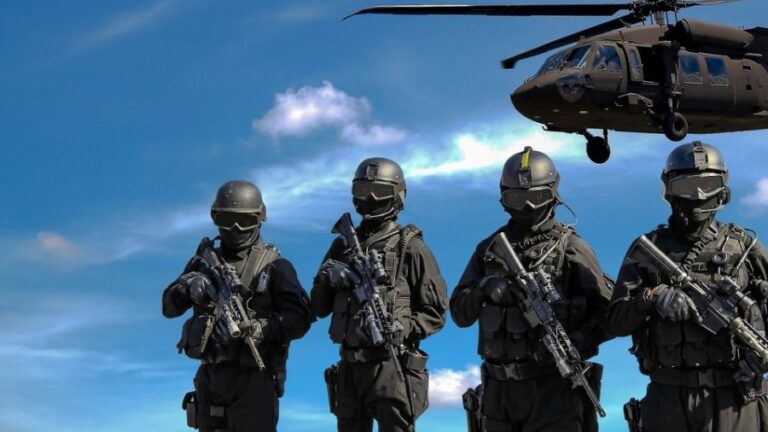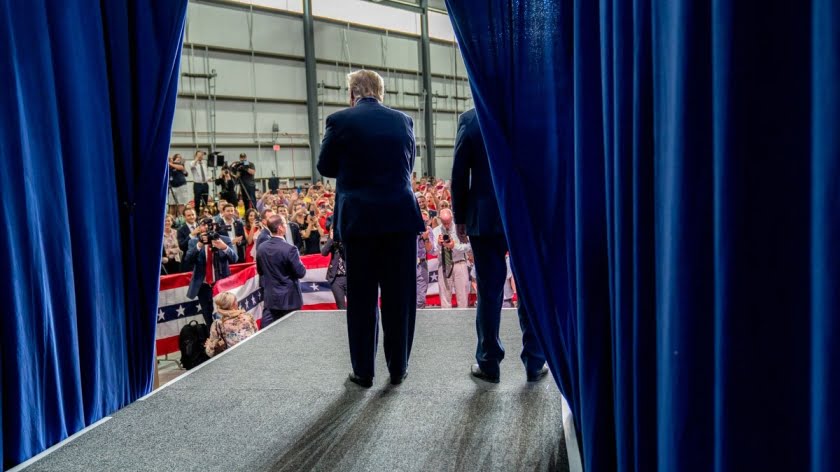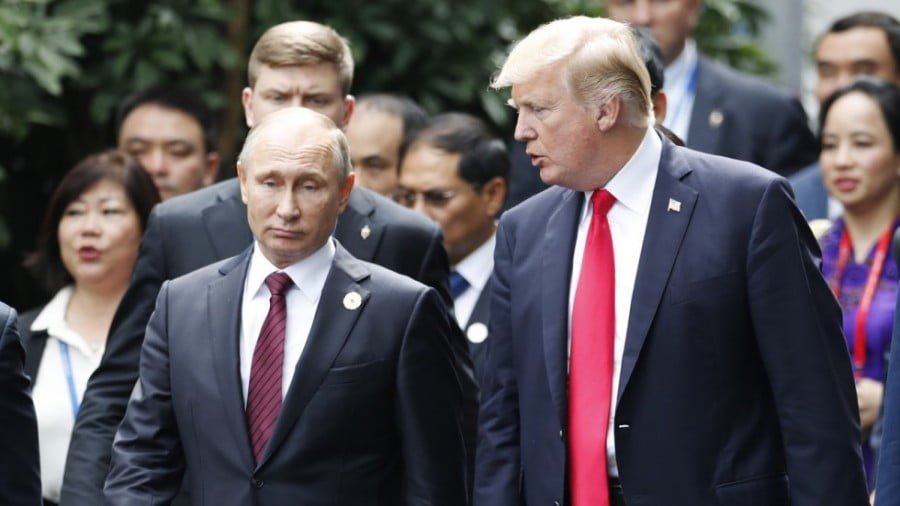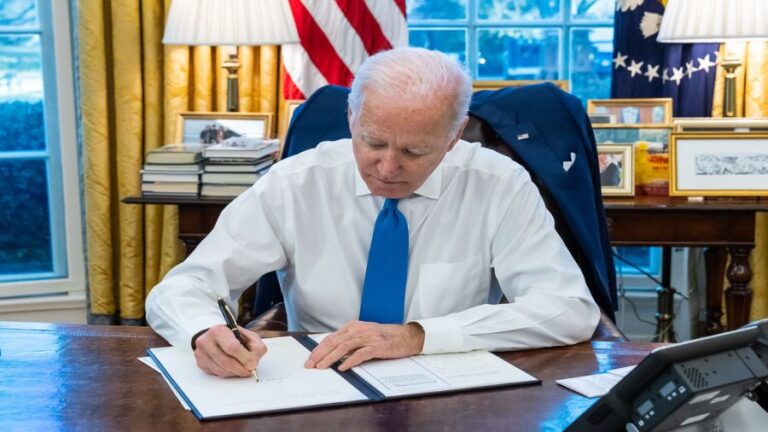Are the Japanese Navy Ships Going on a Tour?
As regular as it may sound, one is bound to note that there’s a rapid acceleration of political processes that can be observed in the world today in general and in the Asia-Pacific region in particular.
It seems that only yesterday NEO was reporting on the chances of a possible aggravation between the leading regional players in the struggle for control over the main world trade routes (passing through the Indian Ocean, the Strait of Malacca and the South China Sea), as this gloomy forecast received yet another weighty confirmation.
One may recall that that the reason for bring this topic up was the upcoming launch of the second Chinese aircraft carrier, along with the statements that were made in connection with this event, as Chinese officials provided the international community with details on how many carries Beijing is planning to build along with the proposed patrol zones for those.
It was only natural to assume that China’s main regional competitors will not ignore the prospect of a sharp increase in the presence of the Chinese Navy ships in strategically important areas. In particular, it was noted back in the day that Japan had already been preparing a potential response in the form of two light aircraft-class aircraft Izumo.
At the same time, it seemed that the Japanese reaction would be somewhat delayed, since China would need several more years to implement at least half its program to build a number of new carrier groups. However, Japan’s Ministry of Defense, apparently, felt that it was about the time to act and act quickly.
Less that two weeks ago Reuters would report, citing an unnamed source in the Japanese Navy, that an Izumo carrier would sent on a three month tour next May. It is to patrol certain regions of the South China Sea before heading off into the Indian Ocean. It’s pretty obvious that ships of this class will never be sent far without a small fleet of escort and support ships. Reuters is convinced that this tour will become the largest naval demonstration of Japan’s military might since the Second World War.
The motivation behind this mission looks rather normal, as it’s been announced that China is increasing its military presence in the South China Sea, which causes concerns in Japan and in the West. This also explains the regular US military air and water patrols of the area that are bound to ensure freedom of navigation.
During the first part of its tour, Izumo will be conducting joint military exercises with US Navy ships, along with visiting Singapore, Indonesia and the Philippines. Next, the aircraft carrier will proceed to the Indian Ocean, where it will call at a Sri Lanka’s port and then take part in the tripartite naval exercises Malabar along with the ships of the US and India.
It should be noted that the Japanese Navy has been pretty active both in the South China Sea waters and in the Indian Ocean, acting under the pretext of carrying on an international mission against Somali pirates. However, if the Izumo tour is to be officially confirmed, it will mean an unprecedented expansion of Japan’s military activities in these regions.
A special attention paid in Japan to the South China Sea region is usually manifested by the frequent visits of senior officials to the countries of the region. It is important to note that the majority of local players have found themselves in pretty uneasy relations with Beijing lately.
Let’s recall that in early March, Hanoi was receiving the Japanese imperial couple with highest honors. A couple of days later, yet another aggravation occurred in the Chinese-Vietnamese relations, once Beijing decided to organize “patriotic tourist trips” to the largest island of the Paracel archipelago. Meanwhile, this archipelago has been the subject of Hanoi’s territorial claims, so it’s only natural that Vietnam has nothing against the expansion of Japan’s military presence in the region. Pretty much the same can be said about the Philippines, since aside from Duterte’s contoversial rhetorics, this state has made no real steps that could allow it to seek raaprochmenet with China.
No, of course, there’s not even the slightest sign of Philippines’ desire to back up from last year’s painful decision of the Hague Arbitration Court on the territorial disputes Manila had with Beijing. Moreover, there’s been a number of anti-Chinese remarks made by senior Philippine politicians that aggravated the bilateral relations even further.
At the same time one cannot fight the associations that arise in connection with Izumo’s trip to the Indian Ocean, since it will mimic the Raid to the Indian Ocean launched by the Japanese Imperial Fleet back in April 1942, which resulted in those inflicting heavy damage upon the British Eastern Fleet near Ceylon.
It’s curious that the then Ceylon is now called Sri Lanka and Izumo is going to visit it. This country has a critically important strategic position and it is not surprising that all the largest Asian powers: China, India and (now) Japan, are fighting for enjoying political influence over it. It should allso be noted that Izumo’s participation in the Malabar military games will mean a sharp increase Japan’s role in such exercises. Secondly, the very fact of regularity of these games may be regarded as a precondition to the actual creation of the “Asian NATO” that has been discussed by America’s allies in the region.
However, the balance of powers in the Asian-Pacific region still hasn’t been set in stone, since external players may play a somewhat pivotal role in its formation. Thus, the upcoming Izumo’s tour brings an important element to this process, but does not finalize it.
By Vladimir Terekhov
Source: New Eastern Outlook


